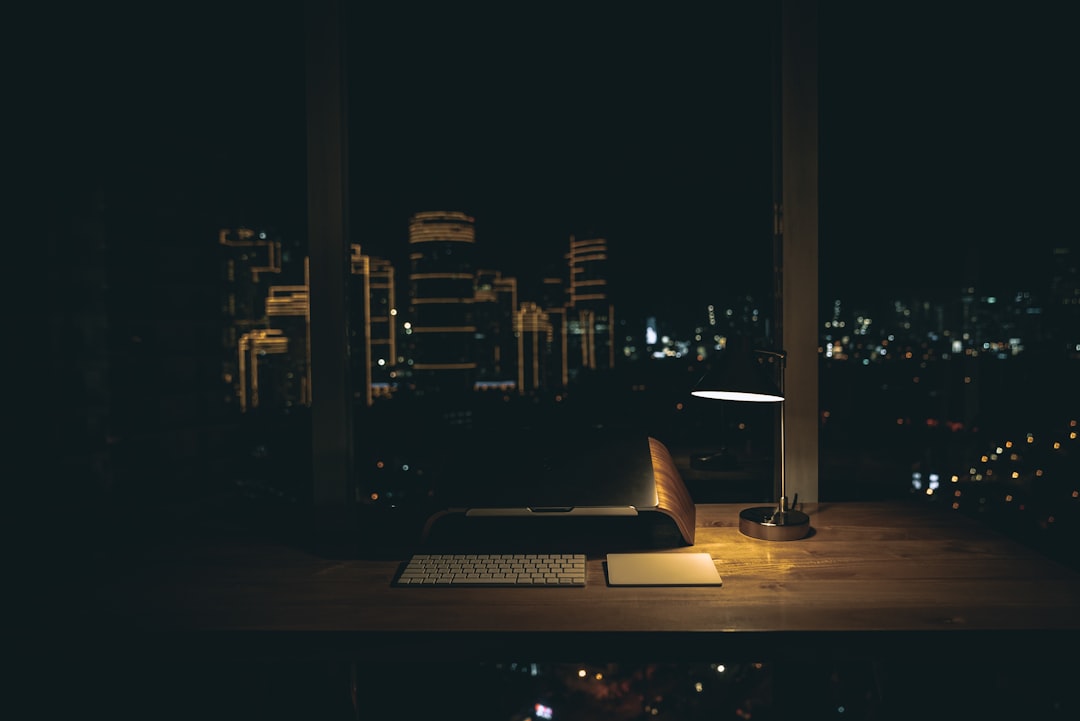The Basics of House Lighting Circuit
When we talk about house lighting circuit, it refers to the electrical system that supplies power to all the lighting fixtures present in a house. Understanding the basics of the house lighting circuit is crucial for every homeowner as it guarantees the safety of their loved ones and their properties.
Generally, the lighting system in a house is composed of a circuit breaker, wires, a switch or dimmer, and light fixtures. The circuit breaker is responsible for protecting the electrical system from any potential hazards by cutting off the power supply in case of an electrical overload. The wires serve as the conductor that transfers power from the circuit breaker to the switch or dimmer, and eventually to the light fixtures. The switch and dimmer are the controllers that turn on or off the lighting fixtures and regulate their brightness levels.
The Different Types of Lighting Circuits
There are two main types of lighting circuits used in houses: the loop-in and the junction box circuit. In the loop-in circuit, the power source enters the lighting fixture first and then loops through the other fixtures that are connected in parallel. Meanwhile, in the junction box circuit, the power source enters the lighting fixture and then goes to a junction box where it is connected to the other fixtures through wires.
The loop-in circuit is commonly used in the UK and Australia, while the junction box circuit is more popular in the US. Both types of circuits have their advantages and disadvantages, and it is up to the homeowner to decide which circuit would work best for their home.
The Importance of Proper Wiring and Installation
Ensuring proper wiring and installation of the lighting circuit is critical to guaranteeing the safety of the house and its occupants. The wiring should be done by a qualified electrician and should follow the relevant building codes and regulations.
It is also essential to install the circuit breaker, switches, and dimmers properly to avoid electrical hazards such as short circuits and electrical fires. The light fixtures should be installed securely and should not be in contact with any flammable materials. It is also advisable to use LED lights since they consume less energy and hence reduce the risk of electrical overloads.
The Benefits of a Well-Designed Lighting System
A well-designed lighting system not only provides adequate lighting in a house but also enhances its aesthetics and ambiance. The use of various lighting fixtures and their strategic placement can create a cozy and inviting atmosphere in a room.
Moreover, a properly designed lighting system can improve energy efficiency and save on electricity bills. The use of dimmers and timers can help regulate the amount of light consumed in a room, and the use of LED lights can significantly reduce energy consumption compared to incandescent bulbs.
Conclusion
In conclusion, understanding the house lighting circuit and its components is vital to ensuring the safety of a home and its occupants. A well-designed lighting system not only provides adequate lighting but also enhances the ambiance and energy efficiency of a house.
Therefore, it is recommended to consult a qualified electrician when installing or upgrading the lighting system in a house to ensure that it is done correctly and safely. Additionally, homeowners must follow the relevant building codes and regulations to avoid any potential hazards.



